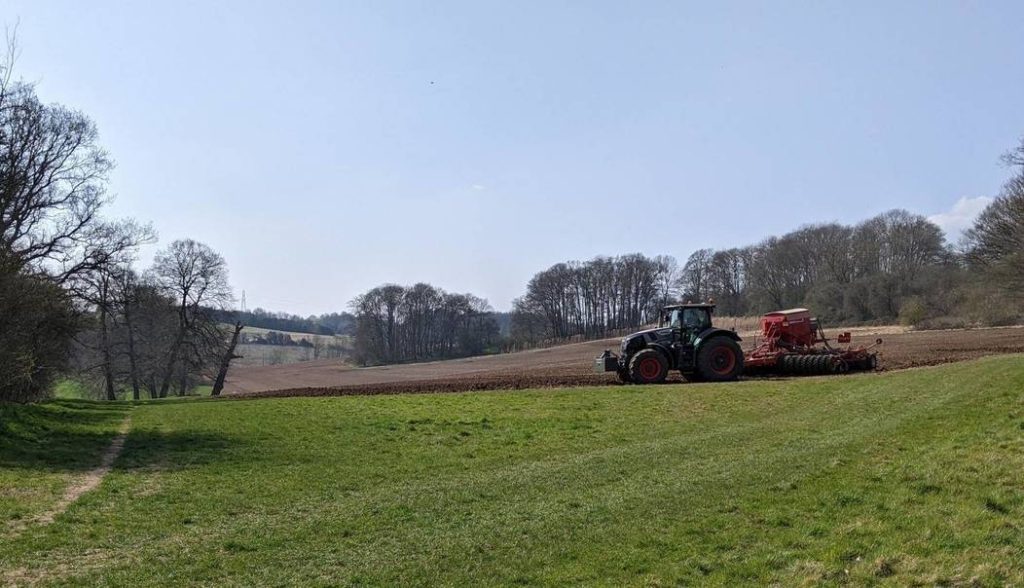Food and Farming
The global livestock industry accounts for 14% of annual greenhouse emissions, meat production has been devastating in some parts of the world e.g., Brazil, where the Amazon Forest has been destroyed to make way for cattle farms (Brazil exports 70% of the food it produces including beef in particular). Cutting down on red meat helps reduce methane, a greenhouse gas.

Some natural habitats have been destroyed to grow particular products for export. A typical example is palm oil, which gets used in a lot of processed food, such as biscuits.
Reading food labels to see what the ingredients are and where the food comes from is a good way to distinguish between products. Labeling is improving all the time, to make this easier. Some logos are helpful.
The Fairtrade logo is used to indicate that the farmer or worker has been paid a fair price/wage for the raw produce that has gone into the food (often from a developing country). See https://www.fairtrade.net/about/what-is-fairtrade
Generally buying fresh locally produced food is more environmentally friendly than buying food shipped halfway across the world. Transport tends to have a heavy carbon footprint. Reading the small print on packaging usually tells you what you need to know.
There are lots of tasty alternatives and food producers are coming up with new vegetarian products all the time, in response to popular demand. Some replicate the texture and flavour of meat. There is a lot in books and online to tell you about the best in vegetarian and vegan food options, as well as lots of tv programmes. Restaurants, cafes and pubs generally offer good vegetarian options
FOOD WASTE
“Waste not, want not” is good advice. A huge amount of food is wasted every day. It is estimated that nationally we waste about a third of our food, i.e., it is thrown away rather than being eaten. That’s about 6.6 million tonnes of food a year, equivalent to wasting 8 meals per family per week. And it accounts for nearly 25 million tonnes of carbon emissions.
So if we only buy what we need and rarely throw anything away, we can reduce our carbon footprint a lot. Food that is not going to be used can often be given away e.g., via a food bank There are several collection points in the Amersham area. For example, see https://www.trusselltrust.org/get-involved/tesco-food-collection/donate-food
- Our Environment
- Buildings (Homes and Energy)
- Carbon footprint and Climate
- Consumers and Sustainability
- Food and Farming
- Gardens and Green Spaces
- Recycling and Repairs
- Transport including flying
- Water
How can we help you?
The Town Council offers a range of good value services and facilities to Amersham residents and visitors.
We are committed to improving the quality of our facilities and we value your comments and feedback on future improvements.
Contacts